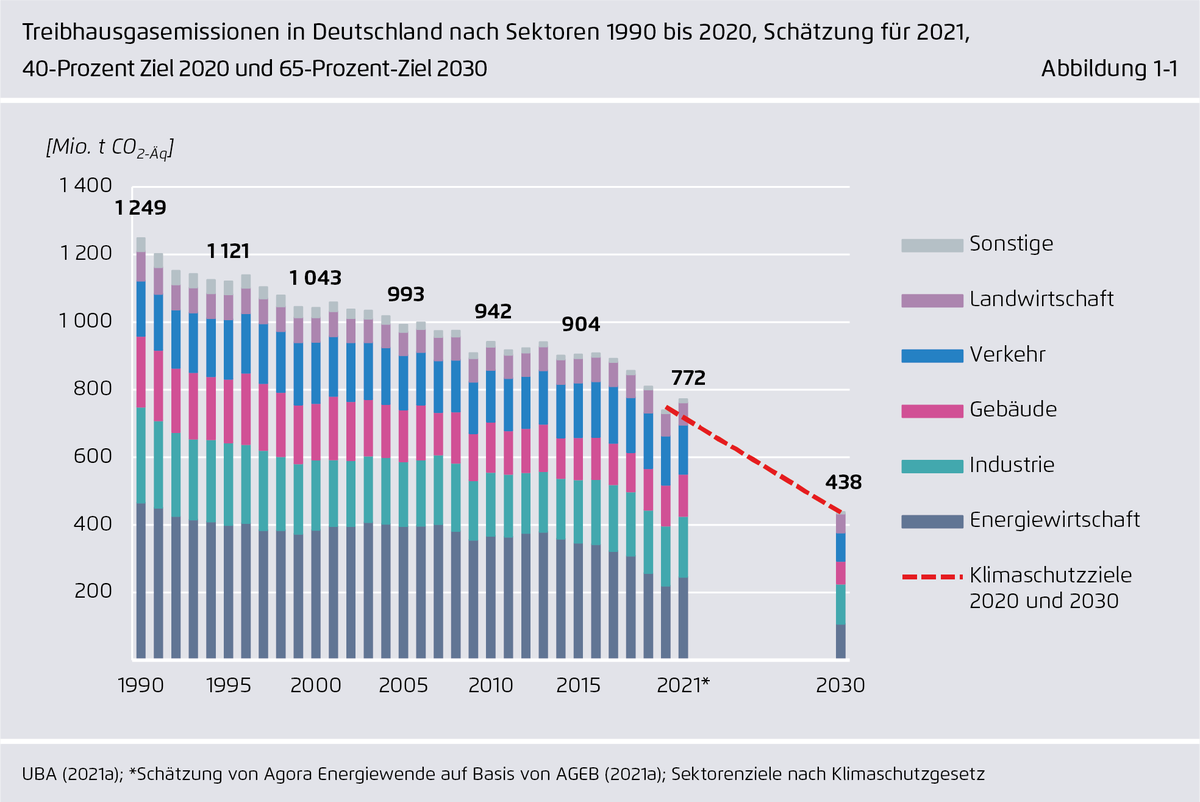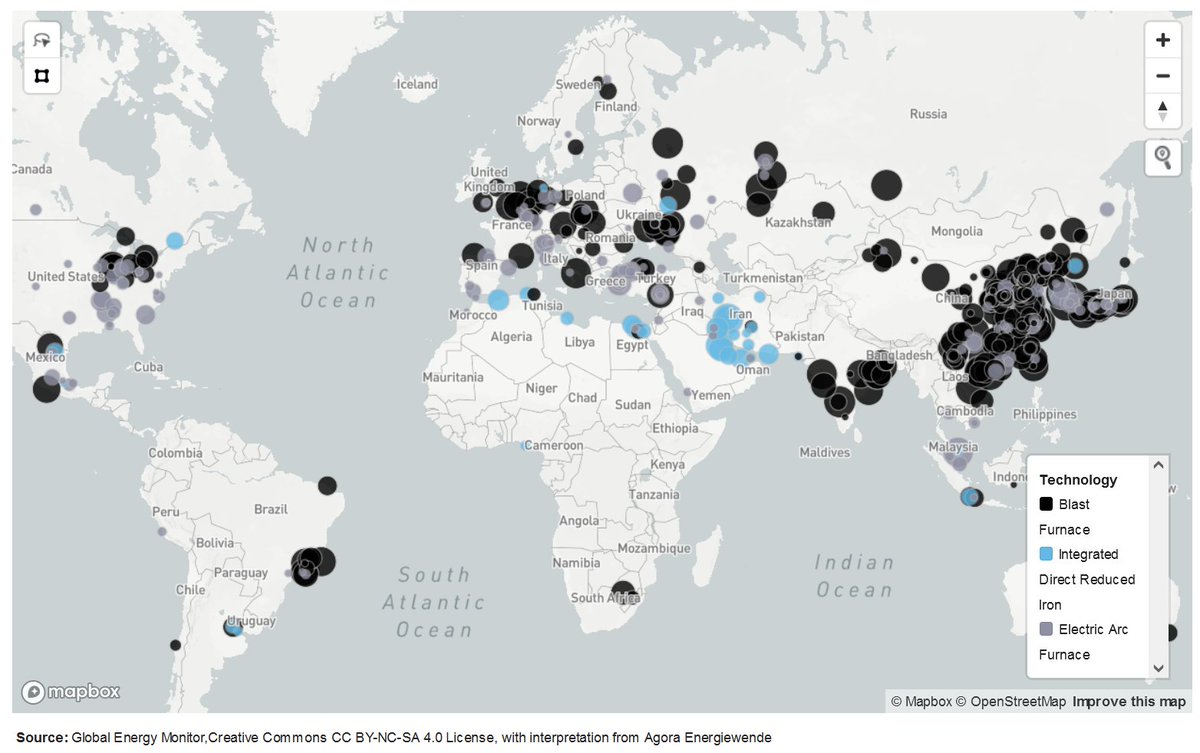
Marktpreise für #Fossile weiterhin auf hohem Niveau, nach erster Entspannung zu Jahresbeginn 2022. Doch 2021 wirkt nach – Preise haben sich 2021 ver-x-facht: Erdgas x11, Kohle x4, Rohöl x1,6, Strom x9. Gründe der Energiepreiskrise im Thread👇 1/8 

#Gaspreis 2021 ist im Jahresmittel von 9,5 €/MWh 2020 auf 48 €/MWh um 408% gestiegen – einer der Hauptgründe für die Verdreifachung des #Strompreis|es (Jahresmittel) an der Strombörse. Hoher Preisdruck macht Strom aus Erdgas teurer als Kohlestrom. 2/8 

Ein Grund für die #Energiepreiskrise 2021: Hoher Gasverbrauch durch kühles Frühjahr leert Gasspeicher auf niedriges Niveau, Speicher werden nicht schnell genug aufgefüllt > Unsicherheit lässt Gaspreis rasant steigen. Weitere Gründe: asiat. Energienachfrage, geopol. Lage, ... 3/8 

28% mehr #Kohlestrom in 2021. Gründe: 1) Strom aus Erdgas ist im Vgl. zu Kohlestrom unwirtschaftlich, 2) Stromverbrauch steigt um 12% und 3) gleichzeitig weniger erneuerbarer Strom (-13,5%) wegen ausbleibenden Starkwinden & weiterhin zu geringem Zubau. 4/8 

Der steigende CO₂-Austoß von Kohlekraftwerken vergrößert die Nachfrage nach CO₂-Zertifikaten und verteuert den CO₂-Preis im Jahresverlauf um das Dreifache. Doch selbst dieser Preisanstieg kann das Comeback der teuren #Kohleverstromung nicht aufhalten. 5/8 

Steigende Preise für #Kohle & #Gas treiben #Strombörsenpreise in die Höhe. Besonders betroffen: Länder mit viel konventioneller Erzeugung, nur hoher EE-Anteil dämpft Preisentwicklung > Preisgefälle vom Süden & Südosten Europas in den Norden. 6/8 



Fazit: Kurzfristig braucht es eine politische Lösung, um einkommensschwache Haushalte beim Strom- & Gaspreis finanziell zu entlasten. Mittelfristig ist Preisentspannung in Sicht. Langfristig sorgen nur #Erneuerbare für günstige #Energiepreise + vermeiden Energiepreiskrisen. 7/8
Viele dieser und weitere Abbildungen sind in unserer Publikation „Die Energiewende in Deutschland. Stand der Dinge 2021“ zu finden. Hier geht’s lang: bit.ly/3r5mJOR 8/8
• • •
Missing some Tweet in this thread? You can try to
force a refresh


















